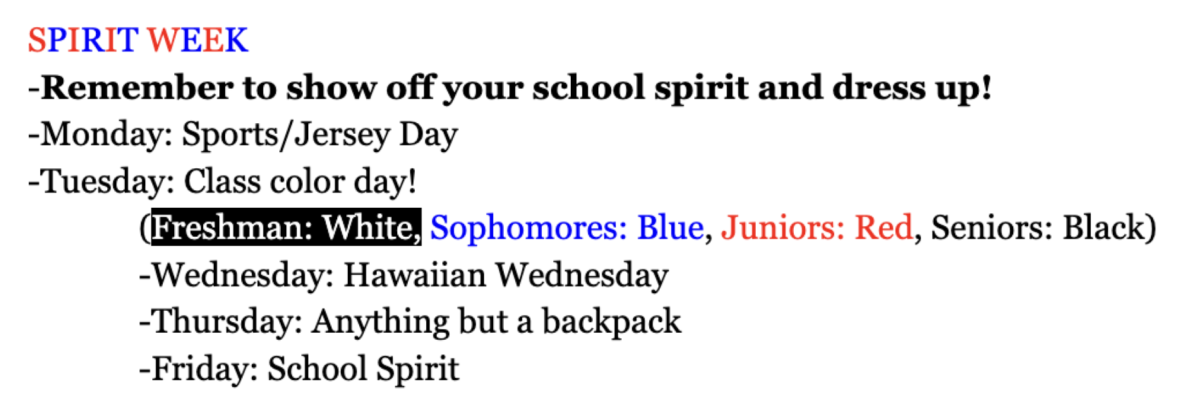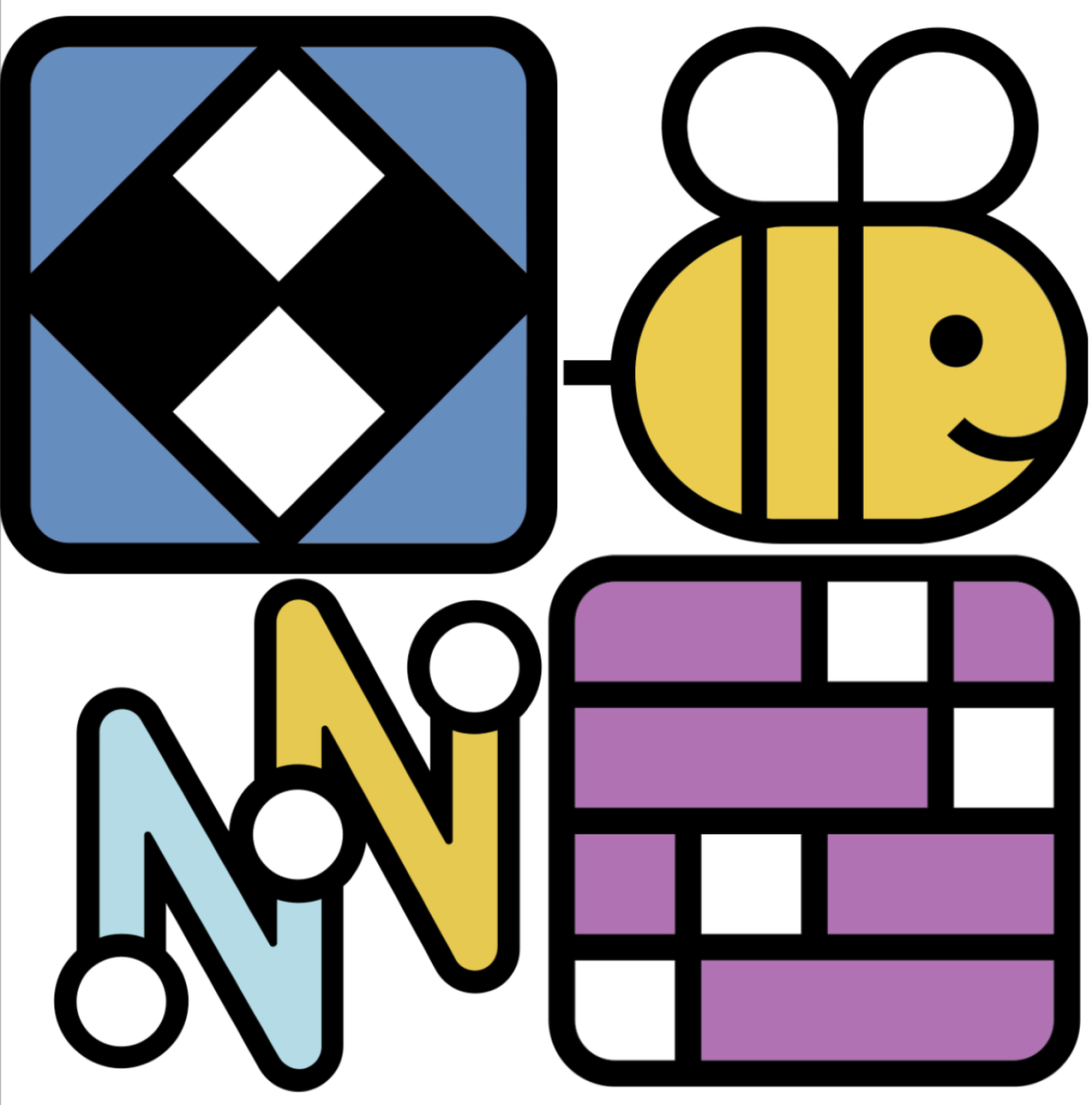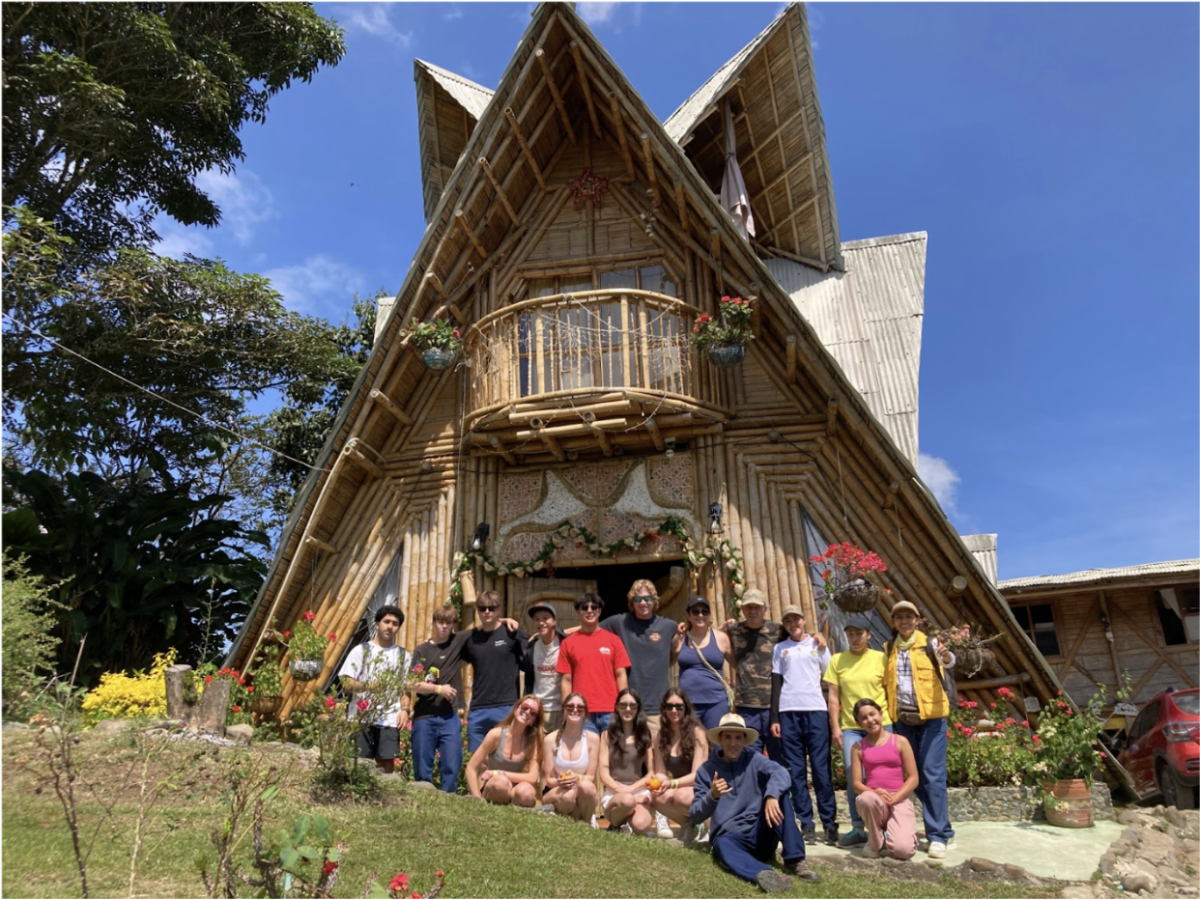This upcoming week, Latin students will be traveling to Rome, Italy, to further their understanding of Roman culture and history. During this winter break, these students and teachers have a packed itinerary to cover centuries of events.
This opportunity is available usually every two years, and is open for students in the Latin programme in grades 10-12. Beginning with our connection flight to Atlanta, Georgia, we will then fly into Rome and travel to Naples with a pitstop in Sperlonga. While in Naples we will have the opportunity for a quick dip in the Mediterranean Sea.
The second day of our 8 day long excursion, will be spent in Herculaneum where we will be learning about this ancient city in the Archeological Park of Herculaneum. Following this day, we will be seeing the typical “big four” as far as Roman history goes — the Colosseum, Circus Maximus, and the Roman Forum and the Palatine hill.
Following these two introductory days, the third day includes a lot of steps, walking and architecture. We will visit another one of the 7 major Roman hills – the Capitoline hill. There, we will take a tour of their museum followed by a walking tour of the Campus Martius – which includes the Spanish Steps, Trevi fountain, and the Pantheon.
The next few days consist of a tour of the Vatican museum and a day trip to Florence, which includes a walking tour of Uffizi. We then conclude our trip to Rome with a visit to the Baths of Diocletian, which are entirely built of marble and contain statues and mosaics.
Faculty that will be attending this trip will be our high school Latin teacher Dr. Jacobson, IB Early Modern History teacher Ms. O’Donnell, IB Chemistry teacher Mr. Mobley who has studied Latin, Art History teacher Mrs. Garlinghouse, and IB World Religions teacher Dr. Hackenburg. Each one of these teachers will add their own perspective and areas of expertise to make sure we get as much as possible out of this trip.
This trip is not just touring Italy with our friends and teachers, it is a trip that will heavily increase our understanding of both Ancient Roman culture and art. A couple of the students that are going on this trip take Art History, and a large portion of the required works in the curriculum are based in Rome. Seeing these art pieces will further our understanding of the historical context, and provide a more personal perspective on the piece.





















